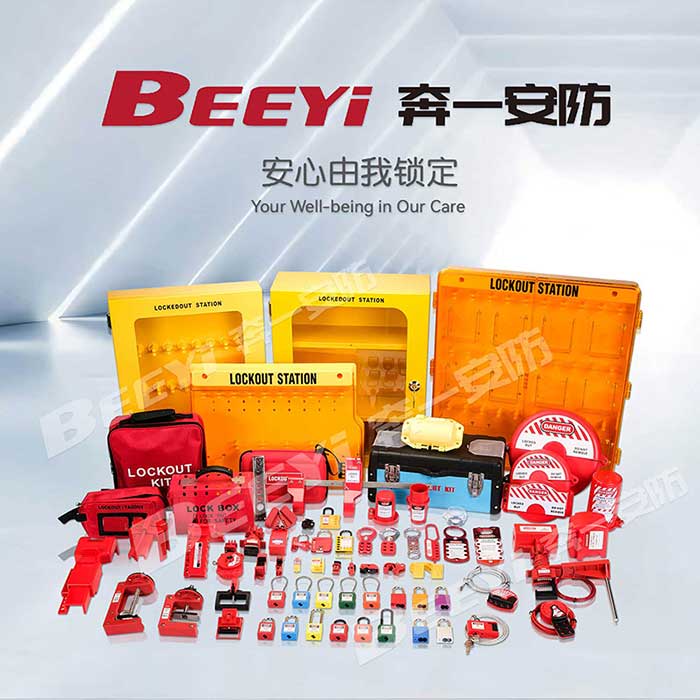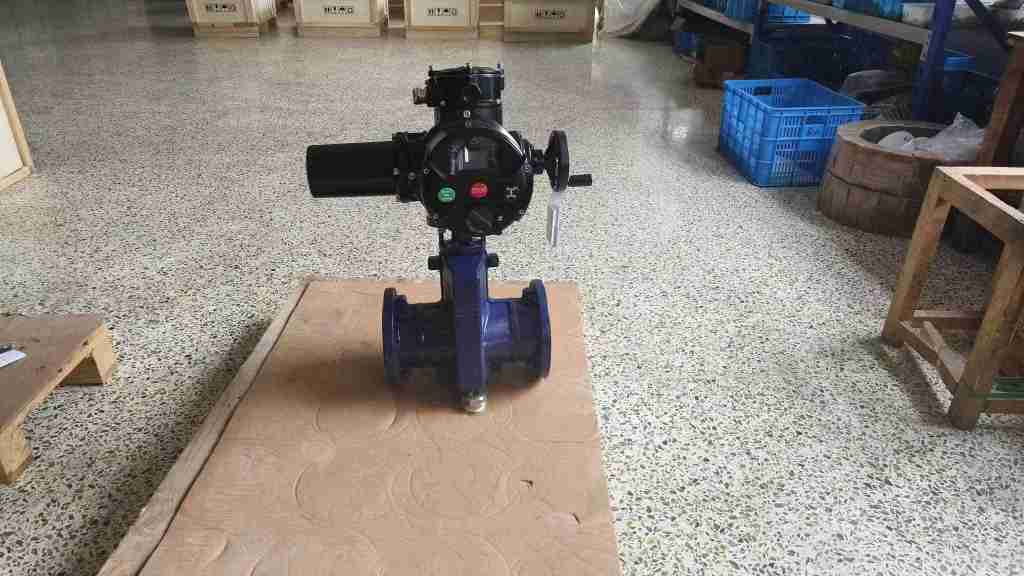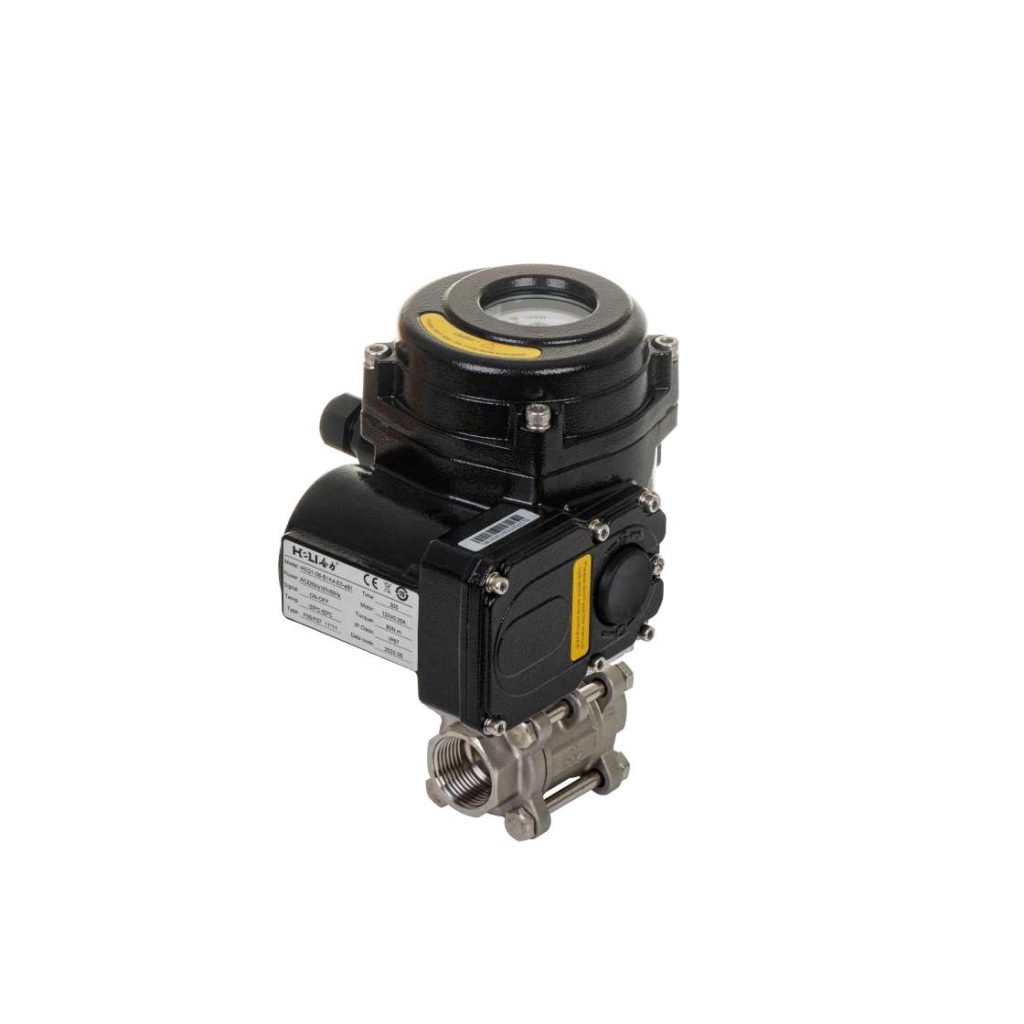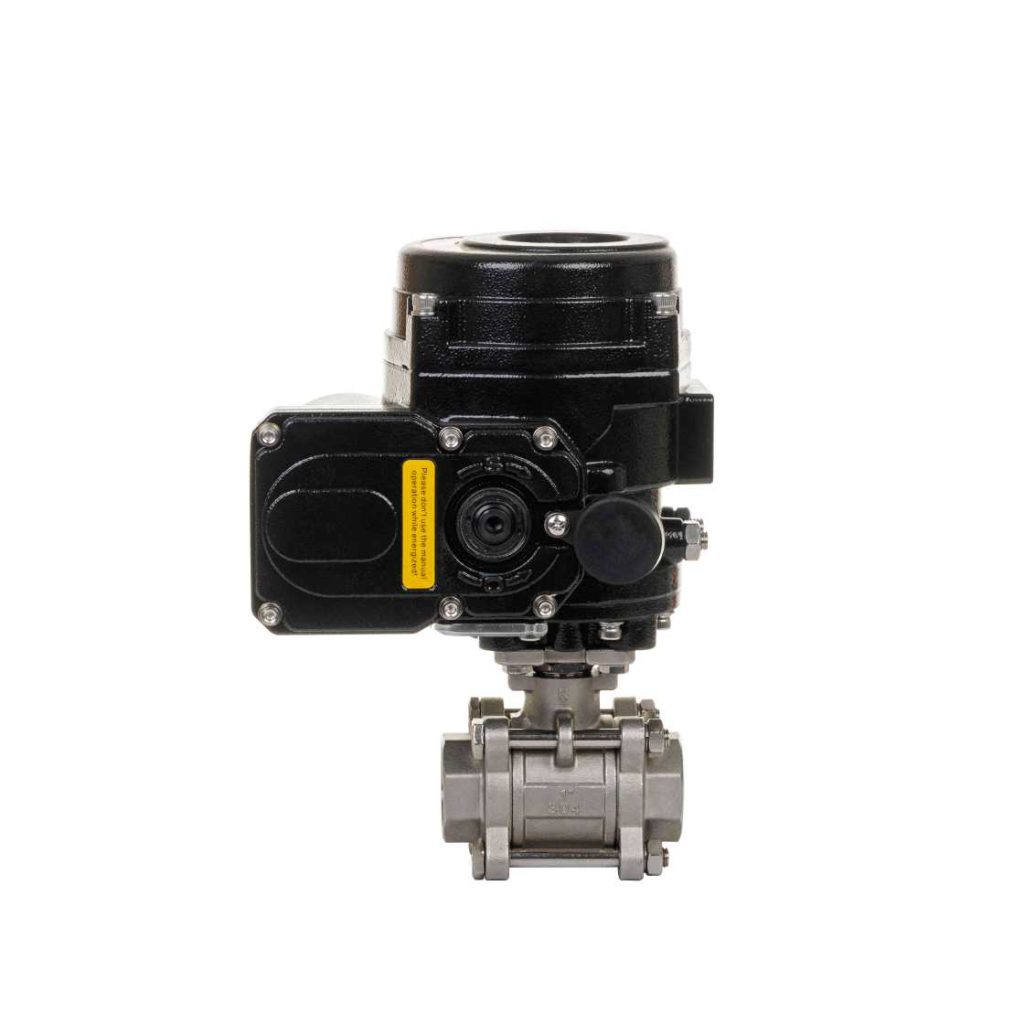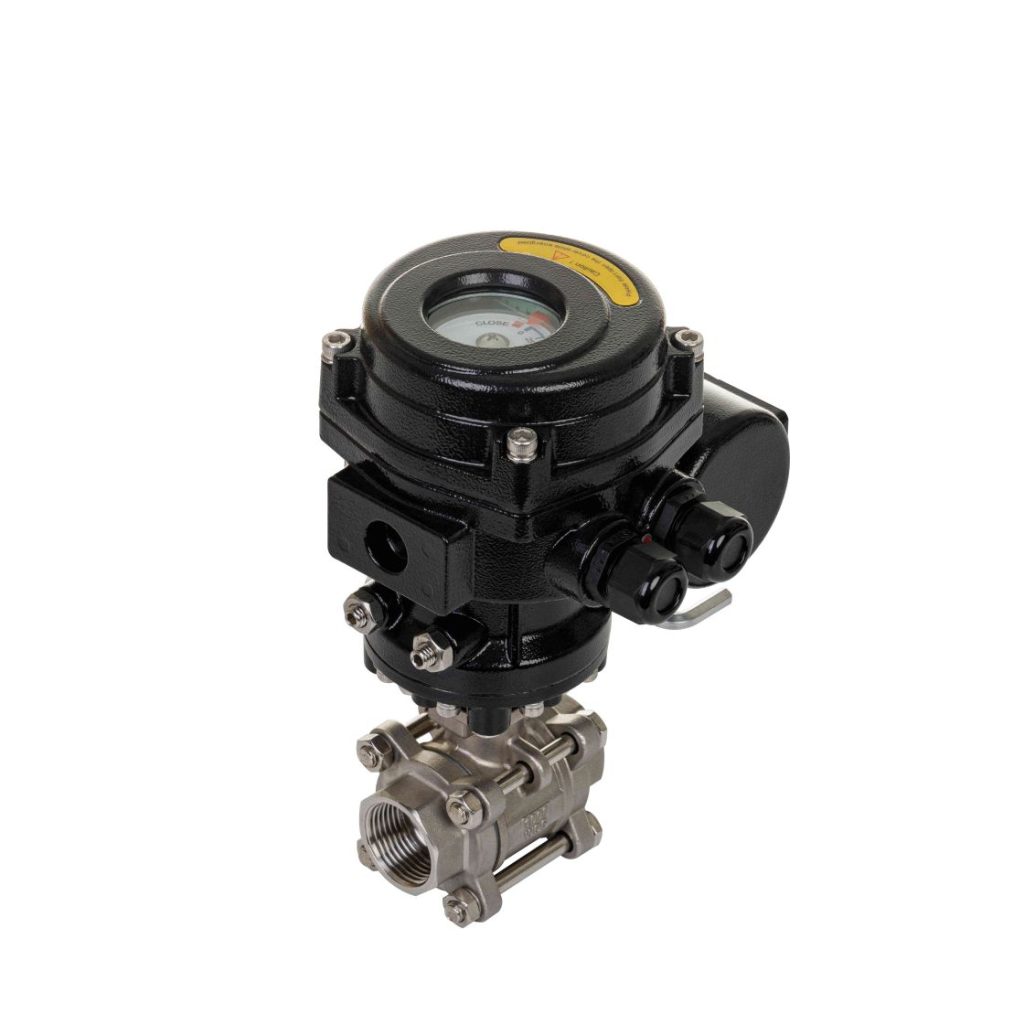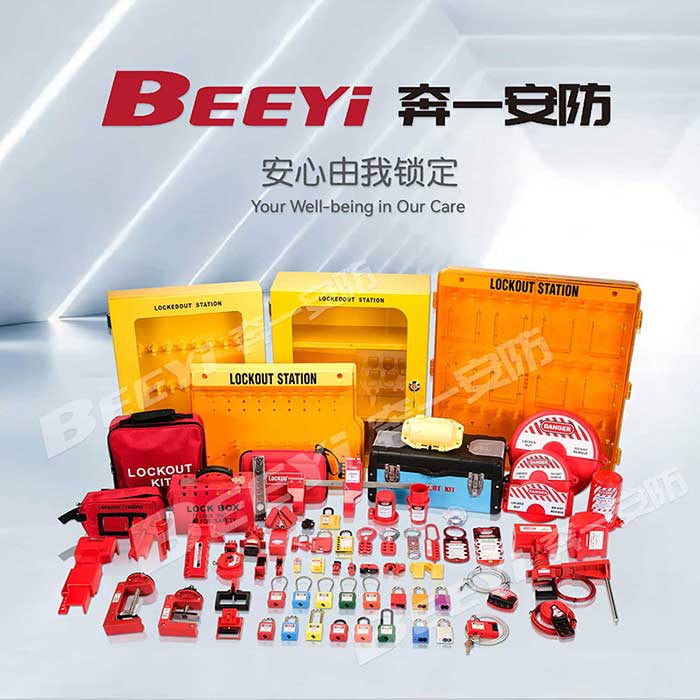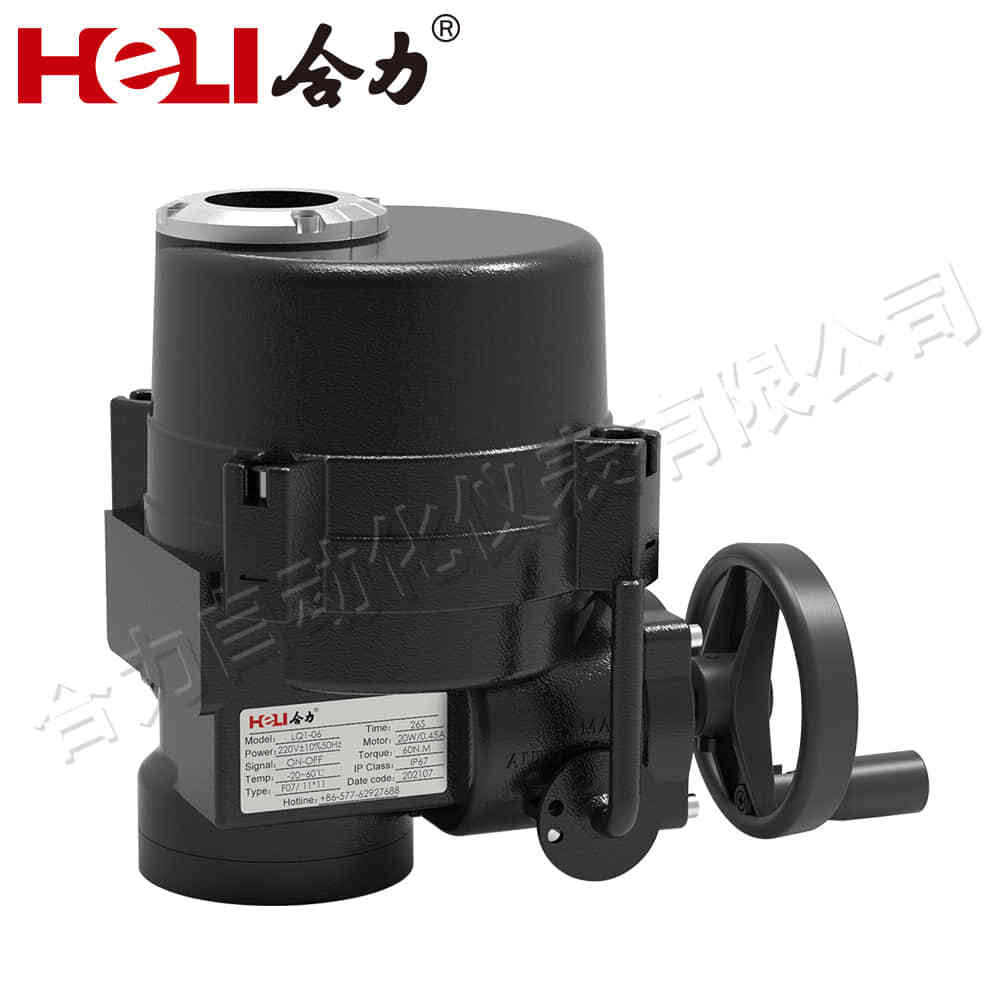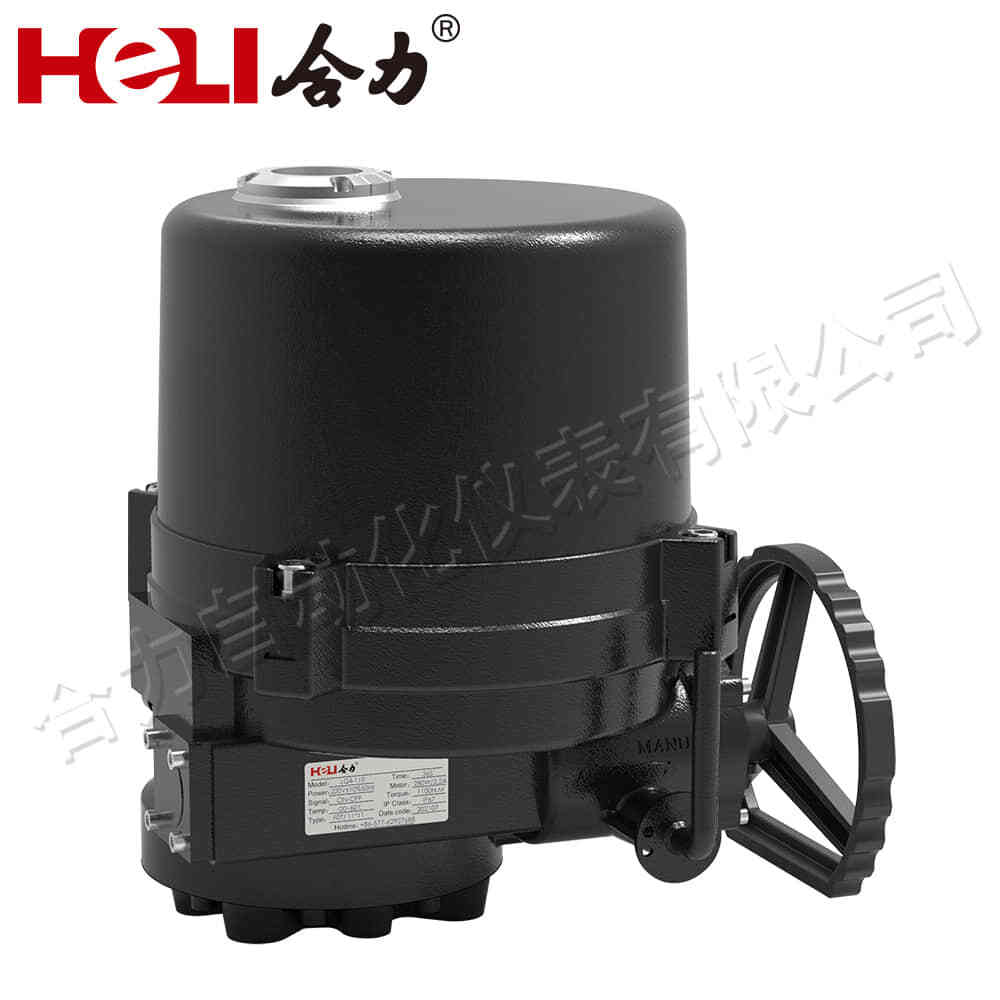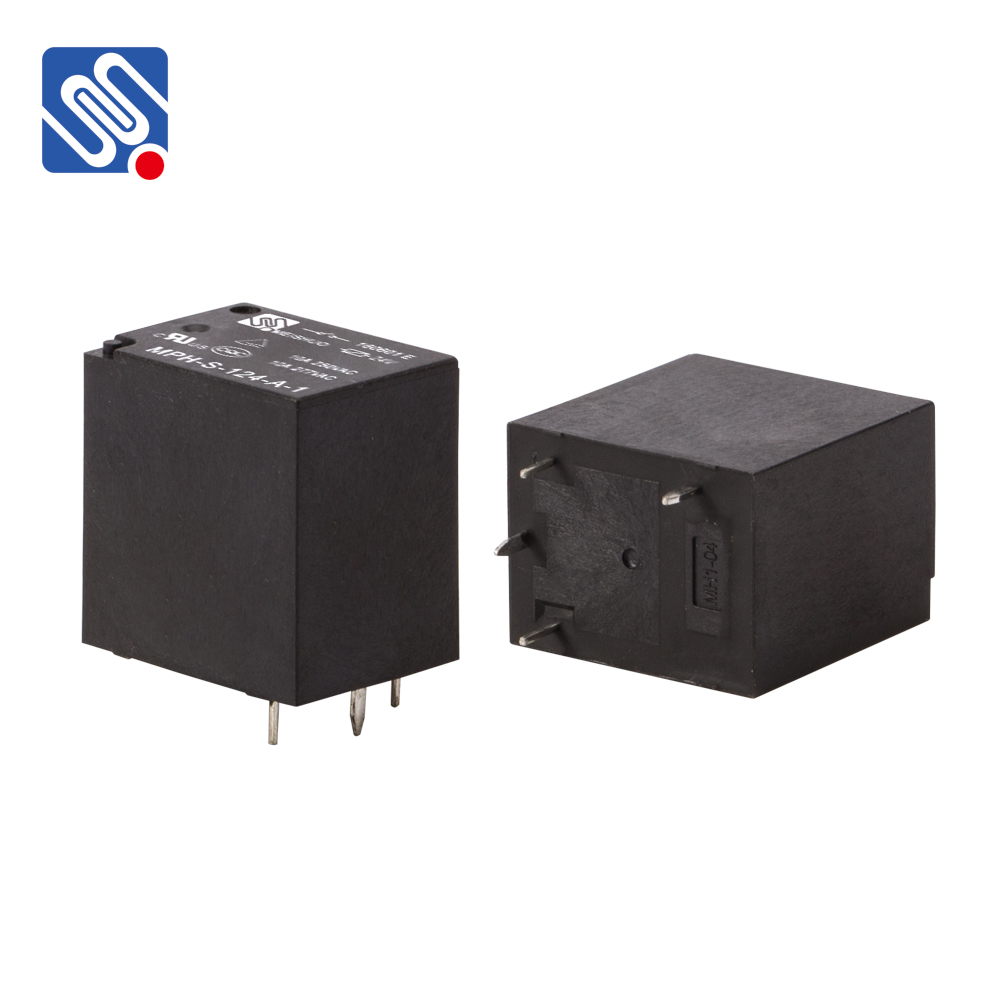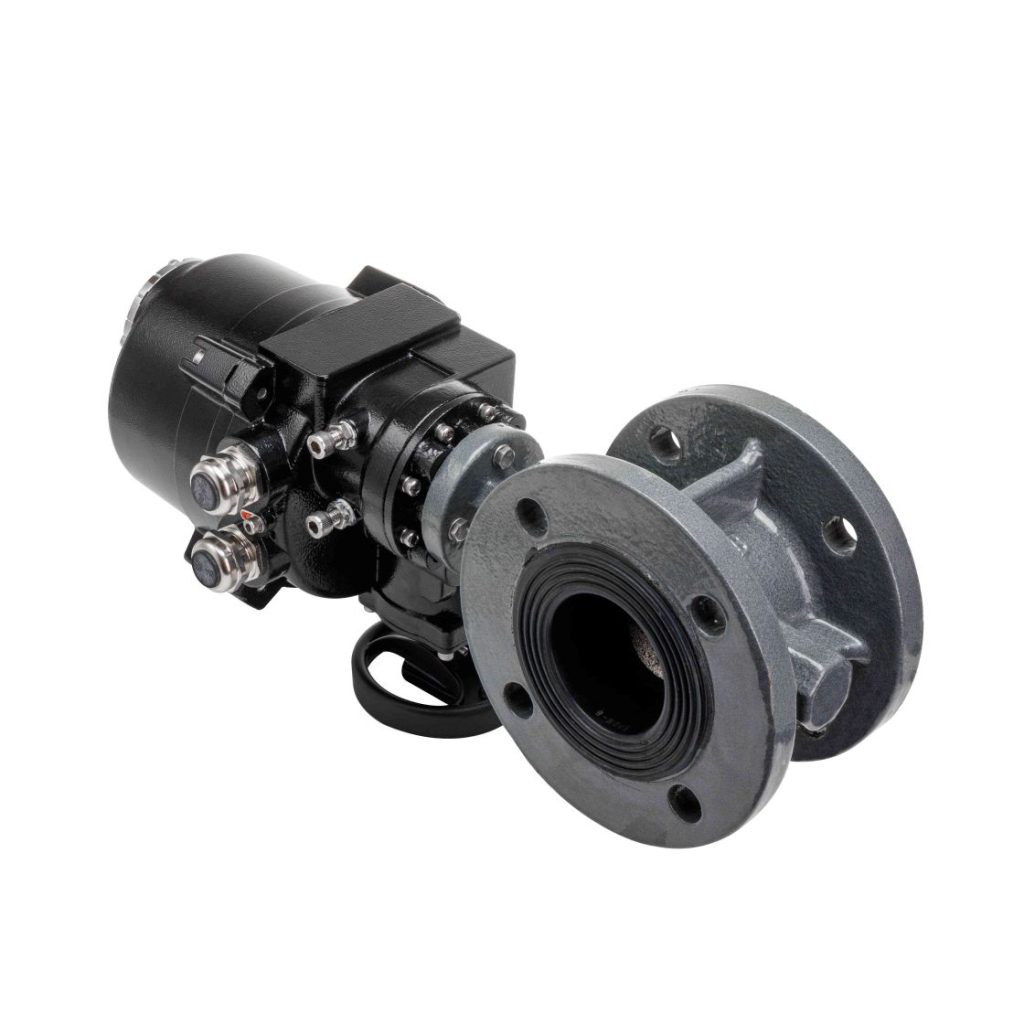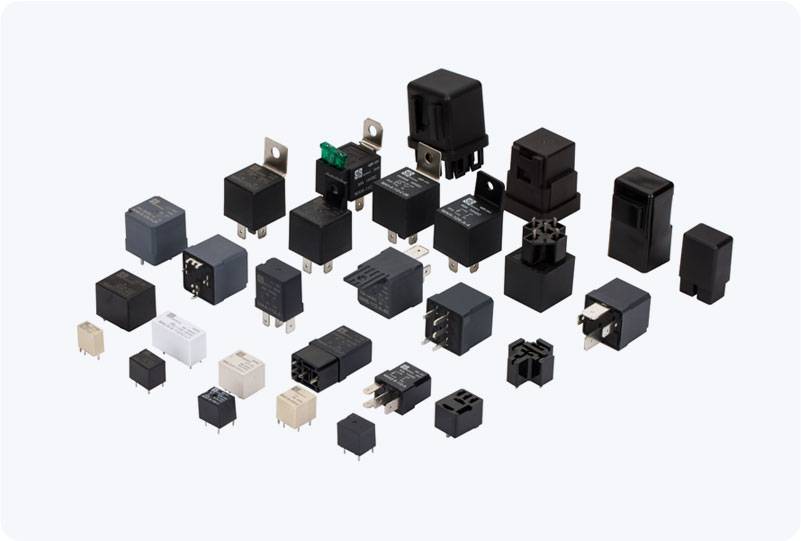In the construction industry, safety is paramount, and one of the key components in ensuring this is the use of proper safety devices and equipment. Among these devices, CE scaffolding lockout tags play a crucial role in preventing accidents and ensuring that construction workers are protected from hazards associated with the operation and maintenance of scaffolding systems. The CE mark, which signifies compliance with European safety standards, is an essential feature of these tags, making them an important element of the construction site safety protocol.

The Role of CE Scaffolding Lockout Tags CE scaffolding lockout tags are safety tags used to indicate that a piece of scaffolding equipment or a particular section of the scaffolding system has been locked out for maintenance, repair, or inspection. The lockout tags are designed to provide a clear visual warning to workers, signifying that the scaffolding cannot be used or operated until the lockout procedure is properly followed and cleared. These tags are an integral part of a larger lockout/tagout (LOTO) system, which is a safety procedure used in various industries to ensure that machinery or equipment is properly shut off and cannot be inadvertently turned on during maintenance or repair.
